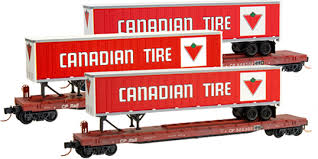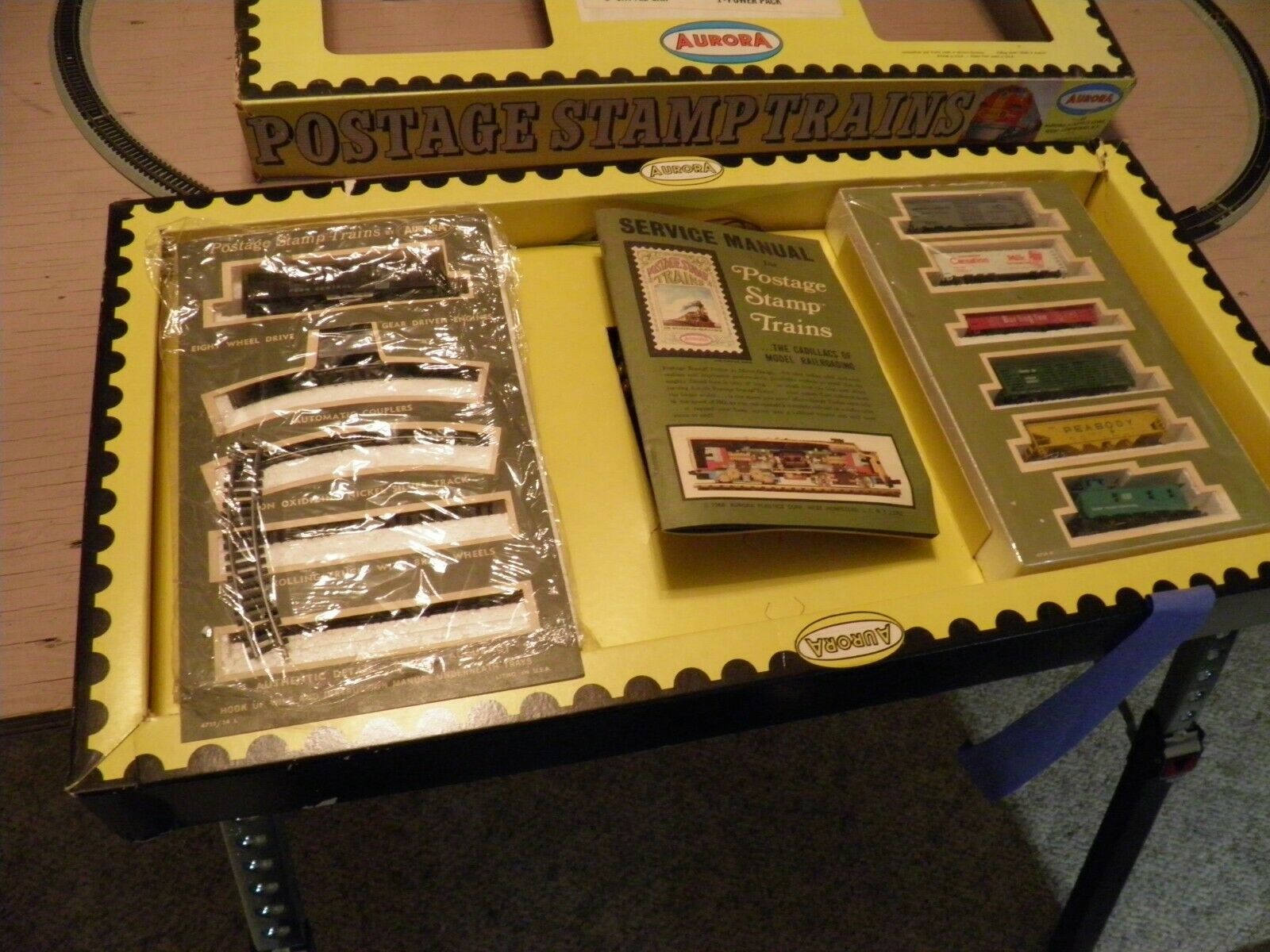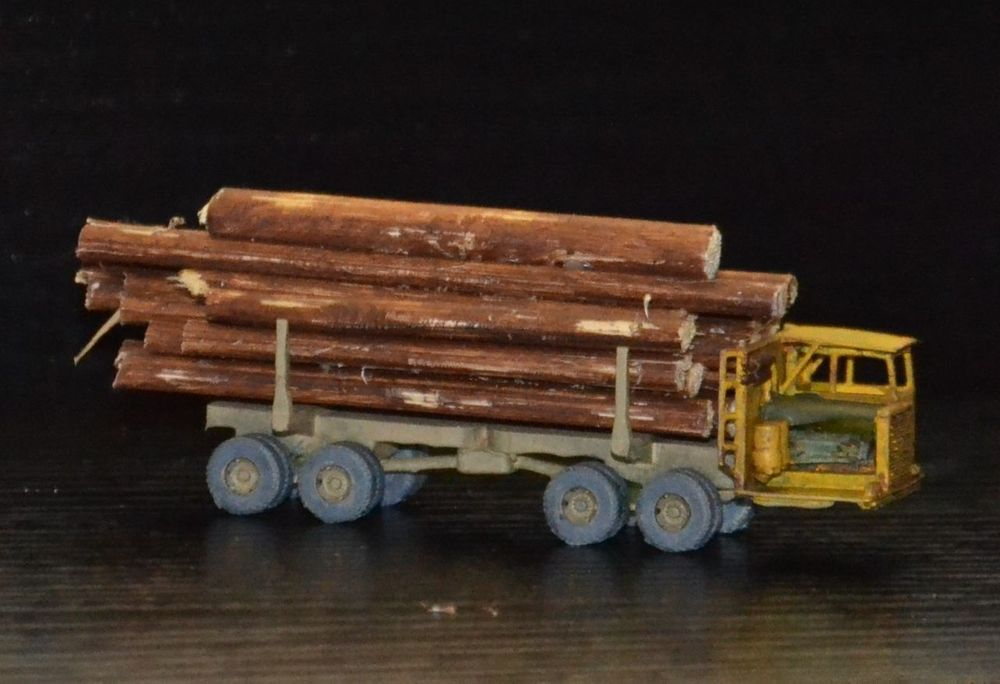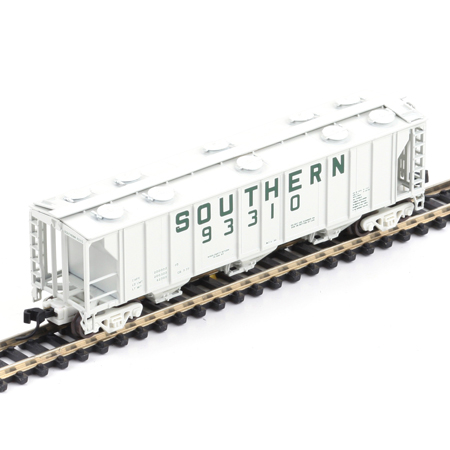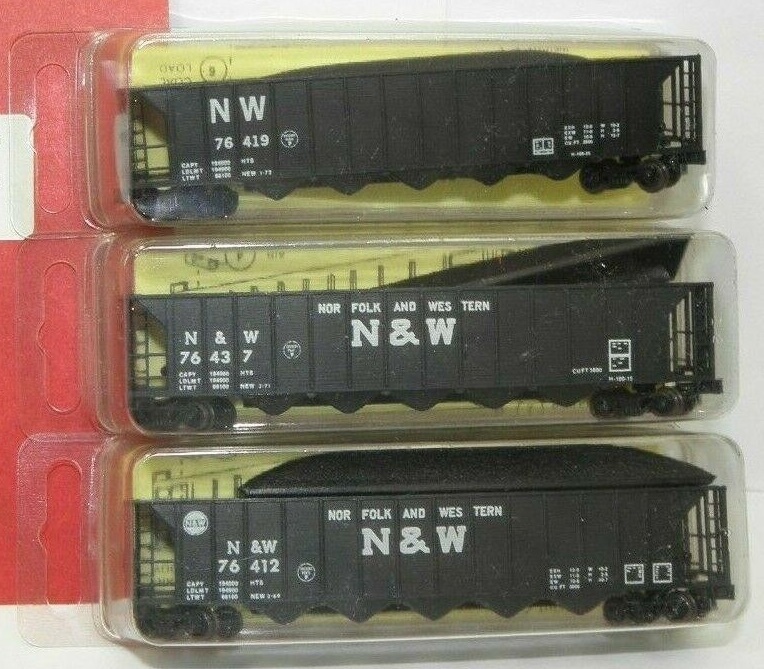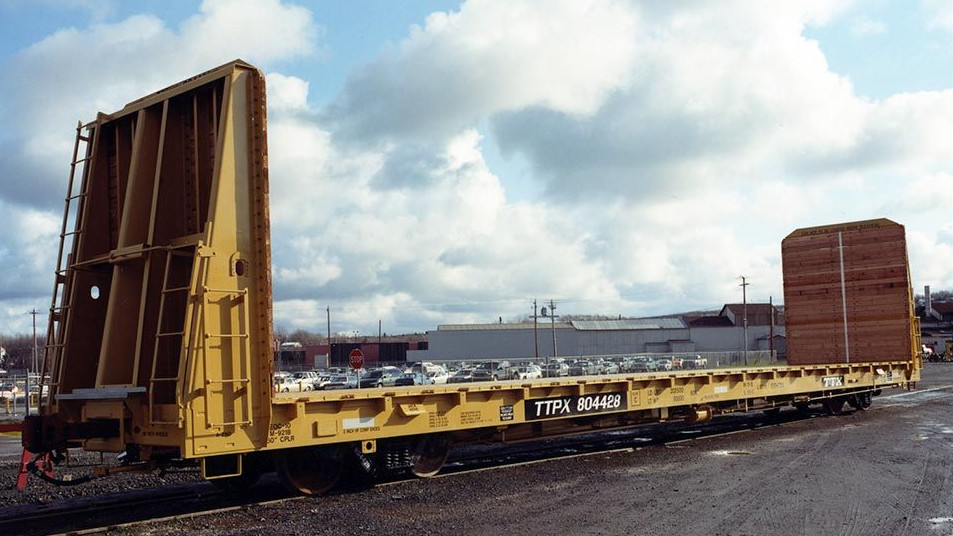Model Information: The bulkhead flatcar was built by Hawker-Siddeley's Trenton Works in 1974 for CN as well as DW&P and BC Rail.
This prototypically accurate model includes:
This prototypically accurate model includes:
- Etched ladders applied at the factory
- Full underbody detail
- Die-cast frame for optimum weight
- Body mounted Micro-Trains couplers
- Blackened metal wheelsets
- Correct ride height
- Accurate paint and lettering
Prototype History: Among the earliest types of freight cars, flatcars continue to serve as a valuable part of railroading. Flatcars are used to move a wide variety of loads which do not require protection from weather. These cars, are constructed with steel underframes, wood floors and stake pockets on the sides and ends for fastening tie-downs that keep loads from shifting.
Bulkhead flat cars are a specialized type of flatcar designed which includes reinforced end-walls (bulkheads) to prevent loads from shifting past the ends of the car.
Bulkhead flat cars are a specialized type of flatcar designed which includes reinforced end-walls (bulkheads) to prevent loads from shifting past the ends of the car.
Road Name History: 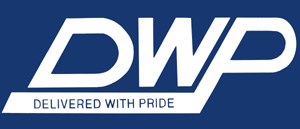 The DW&P was the result of the 1909 reorganization of the Duluth Rainy Lake & Winnipeg Railway. Under the control of the Canadian Northern, the DW&P completed their 167 mile line from Duluth, Minnesota, northwest to Fort Frances, Ontario on the U.S.-Canada border in 1912. At Fort Frances they connected with CNor’s mainline between Winnipeg and Thunder Bay. Canadian Northern became part of Canadian National in 1918 and control of DW&P passed to them at that time.
The DW&P was the result of the 1909 reorganization of the Duluth Rainy Lake & Winnipeg Railway. Under the control of the Canadian Northern, the DW&P completed their 167 mile line from Duluth, Minnesota, northwest to Fort Frances, Ontario on the U.S.-Canada border in 1912. At Fort Frances they connected with CNor’s mainline between Winnipeg and Thunder Bay. Canadian Northern became part of Canadian National in 1918 and control of DW&P passed to them at that time.
Their largest steam locomotive was a single 2-8-2. Most of the steam fleet consisted of 2-8-0s. The diesel fleet has run from a dozen to a dozen and a half units over the years. They have only had 4 models in the fleet – ever: RS-11’s (which were delivered with a long-hood-forward configuration like parent CN), SD40’s, GP38-2’s and a single NW2. Yes, DW&P was another railroad to have never bought a cab unit. The first diesel paint scheme was essentially the same as Canadian National’s from the same period, green and gold with black lettering. In 1960, CN turned to black with red ends and big white noodle logos. Although DW&P went with the paint color, apparently you just can’t boil a noodle long enough to spell “DW&P” so they went with simple gothic initials instead. Later, they adopted CN’s black and red with big diagonal white bands on the long hood. Later, DW&P went to solid Morency Orange with white frame stripe. Then DW&P ownership was transferred to CN’s US holding company Grand Trunk Corporation. At this point they began painting their engines blue with red ends such as that used on Grand Trunk Western..
The 1995 privitization of Canadian National brought the absorbtion of operations and the separate identities for GTW and DW&P (CV had been spun off.) Duluth Winnipeg & Pacific, known by locals as “The Peg”, is now a paper railroad and it is fairly common to see CN cars with DWP reporting marks.

Their largest steam locomotive was a single 2-8-2. Most of the steam fleet consisted of 2-8-0s. The diesel fleet has run from a dozen to a dozen and a half units over the years. They have only had 4 models in the fleet – ever: RS-11’s (which were delivered with a long-hood-forward configuration like parent CN), SD40’s, GP38-2’s and a single NW2. Yes, DW&P was another railroad to have never bought a cab unit. The first diesel paint scheme was essentially the same as Canadian National’s from the same period, green and gold with black lettering. In 1960, CN turned to black with red ends and big white noodle logos. Although DW&P went with the paint color, apparently you just can’t boil a noodle long enough to spell “DW&P” so they went with simple gothic initials instead. Later, they adopted CN’s black and red with big diagonal white bands on the long hood. Later, DW&P went to solid Morency Orange with white frame stripe. Then DW&P ownership was transferred to CN’s US holding company Grand Trunk Corporation. At this point they began painting their engines blue with red ends such as that used on Grand Trunk Western..
The 1995 privitization of Canadian National brought the absorbtion of operations and the separate identities for GTW and DW&P (CV had been spun off.) Duluth Winnipeg & Pacific, known by locals as “The Peg”, is now a paper railroad and it is fairly common to see CN cars with DWP reporting marks.
Brand/Importer Information: We focus on quality not quantity. Fair prices and fantastic service are our top priority, but special runs and exclusive items are what set us apart!
It is my hope we can help you make the most of our wonderful hobby. - Jeff Arnold
It is my hope we can help you make the most of our wonderful hobby. - Jeff Arnold
Commissioner Information:  Prairie Shadows Model Railway Co. is a small model railway supply company located in Winnipeg, MB, and owned by Jeff Arnold. They pride themselves in providing solid service and fair prices.
Prairie Shadows Model Railway Co. is a small model railway supply company located in Winnipeg, MB, and owned by Jeff Arnold. They pride themselves in providing solid service and fair prices.
They commissioned several exclusive N scale models to Rapido Trains Inc.
They commissioned several exclusive N scale models to Rapido Trains Inc.
Item created by: Alain LM on 2018-06-04 15:31:32. Last edited by gdm on 2020-07-24 07:29:19
If you see errors or missing data in this entry, please feel free to log in and edit it. Anyone with a Gmail account can log in instantly.
If you see errors or missing data in this entry, please feel free to log in and edit it. Anyone with a Gmail account can log in instantly.





